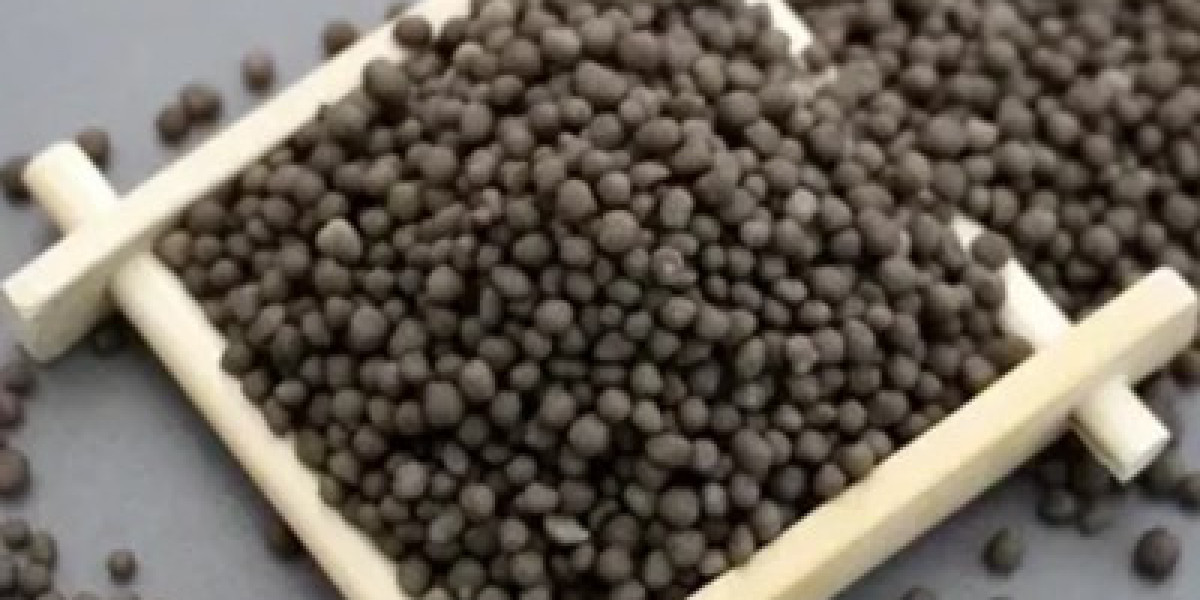Production and Consumption of DAP in India
India is one of the largest producers and consumers of fertilizers in the world. The country produces over 30 million tonnes of fertilizers annually to support its large agricultural sector. However, India is heavily dependent on imports to meet its DAP requirements. DAP accounts for over 15-20% of the total fertilizer consumption in the country. India produces only around 4-5 million tonnes of DAP per annum against the total demand of over 9 million tonnes. This large gap between production and demand results in India importing over 4-5 million tonnes of DAP every year.
The indigenous production of India Diammonium Phosphate (DAP) is handled by three major companies in India - Coromandel International, Punjab Chemicals & Crop Protection Limited, and Deepak Fertilizers and Petrochemicals Corporation Limited. These companies operate 10 DAP plants across India with a total installed capacity of 5.2 million tonnes per annum. However, most of the plants are running below their rated capacities due to various reasons such as lack of key raw materials, old plant infrastructure, and supply chain issues. As a result, even with 4-5 million tonne annual imports, the demand-supply gap for DAP continues to persist in the country.
Key Reasons for Rising DAP Imports
There are multiple reasons for India's rising dependence on imported DAP over the past decade. Some of the major reasons are:
Lack of domestic rock phosphate reserves: India has very limited reserves of rock phosphate, which is the key raw material used in DAP production. Currently, India meets less than 10% of its rock phosphate requirements through domestic mining and relies heavily on imports. The absence of domestic sources restricts scaling up of local DAP production.
Increasing demand from the agriculture sector: With India's growing population and focus on food security, the demand for fertilizers from the agricultural sector has been increasing steadily over the years. Between 2010-2020, India's total fertilizer consumption grew at a CAGR of over 4%. This rising demand has further widened the supply-demand gap for DAP within the country.
Sub-optimal plant operations: Most of the DAP plants in India were set up decades ago and are outdated. Factors like technical and mechanical issues often lead to plants operating below their installed capacities. Additionally, continuous supply of raw materials like phosphoric acid and ammonia remains a challenge for these plants.
Pricing issues: The high cost of production within India due to lack of raw material integration, coupled with the dumping of cheap imports from countries like China, Morocco, and Russia have made it difficult for domestic manufacturers to compete. This has impacted DAP availability and imports have risen.
Inadequate Investment in Infrastructure: The availability of natural gas, which is used in DAP production, remains inconsistent in many parts of the country. Also, infrastructure for downstream distribution and transportation of DAP domestically requires further development. This restricts scaling up of local production capacities.
Reliance on Import-Export Policies
To ensure adequate availability of fertilizers in the country at reasonable rates, the government of India periodically announces important policy measures and programs. Some key import-export policies related to DAP include:
- Minimum Import Price (MIP): An MIP is announced for DAP imports to discourage unfairly priced imports and support domestic producers. Currently, the MIP for DAP is $417 per tonne.
- Restrictions on irrational imports: Non-Basmati rice exports are sometimes banned and quantitative restrictions imposed on DAP imports during specific periods to prevent floods of low-cost imports.
- Production Linked Incentive scheme (PLI): The government has launched a Rs. 10,000 crore PLI scheme to boost domestic manufacturing of fertilizers including DAP. Incentives up to Rs. 6,000/tonne will be provided to encourage new plant capacities.
- Subsidy support to consumers: India provides sizeable per-tonne subsidies on indigenous DAP production as well as imports in the range of Rs. 12,000-15,000/tonne. This makes DAP highly affordable for farmers.
- Steps to promote domestic mining: The government has taken steps like substantially lowering royalty rates and easing clearance norms to boost indigenous rock phosphate availability.
However, the policy interventions have had limited impact so far on reducing import dependence due to various challenges. New long-term strategies are being evaluated by both industry and policymakers.
Need for Comprehensive Reforms
Considering India's large and rising DAP needs, some comprehensive reforms are required across the value chain from production to marketing. Areas that need focused interventions include:
- Aggressive push for domestic mining: Major investments are required to develop inland reserves and ramp up national rock phosphate production to reduce import reliance over long-term.
- Greenfield DAP plant establishment: Incentivizing large greenfield capacities with integrated minerals and gas supply could be a gamechanger. The recent PLI scheme is a step in this direction.
- Modernization of existing plants: Substantial recapitalization is needed to upgrade decades-old units and improve their operational efficiencies.
- Pricing reforms: Current cost economics of Indian plants need to be improved through technological upgrades and raw material sourcing reforms for them to compete globally without subsidies.
- Marketing and distribution boost: Initiatives are warranted to strengthen the downstream supply chain infrastructure as well as retail networks in rural pockets through initiatives like Bharat urea bags.
- R&D for new fertilizer varieties: Focus on innovation and developing specialty phosphate and potash fertilizers tailored to Indian soils could unlock new opportunities.
Tackling the deep-rooted issues surrounding DAP availability will require policy consistency as well as multi-sector collaboration between all stakeholders over the long term. Only through such concerted efforts can India's goal of fertilizer self-sufficiency be realized sustainably.
Get This Report in Japanese Language: インドのリン酸二アンモニウム(DAP)市場
Get This Report in Korean Language: 인도 디암모늄 인산염(DAP) 시장
About Author:
Vaagisha brings over three years of expertise as a content editor in the market research domain. Originally a creative writer, she discovered her passion for editing, combining her flair for writing with a meticulous eye for detail. Her ability to craft and refine compelling content makes her an invaluable asset in delivering polished and engaging write-ups.
(LinkedIn: https://www.linkedin.com/in/vaagisha-singh-8080b91)









